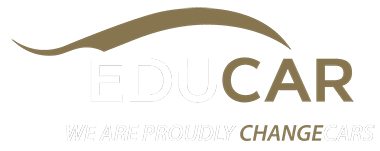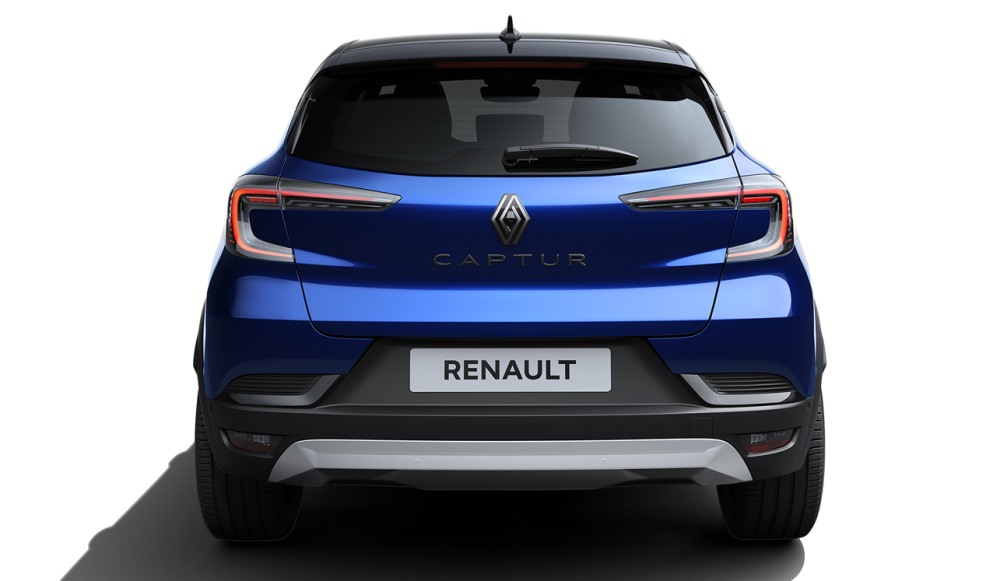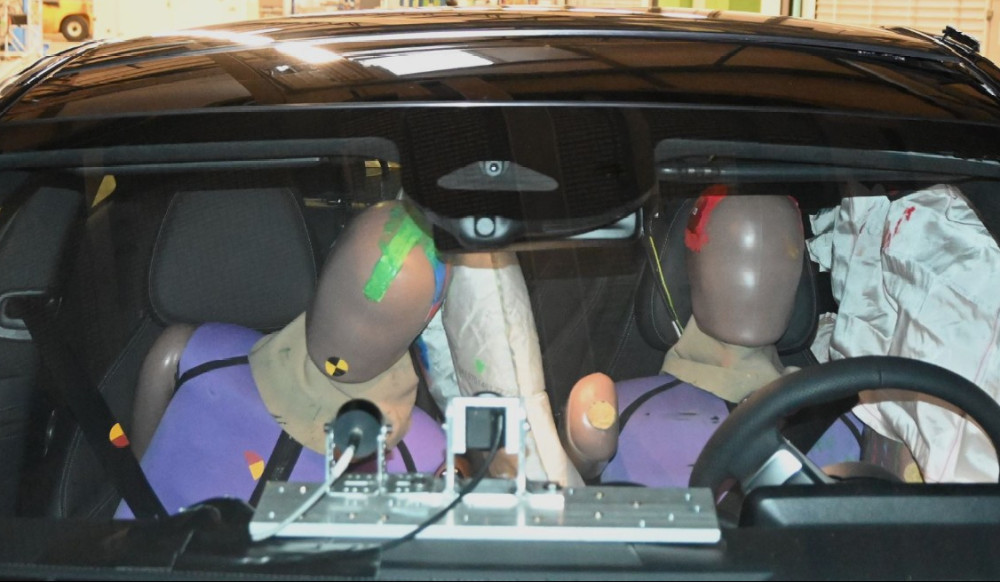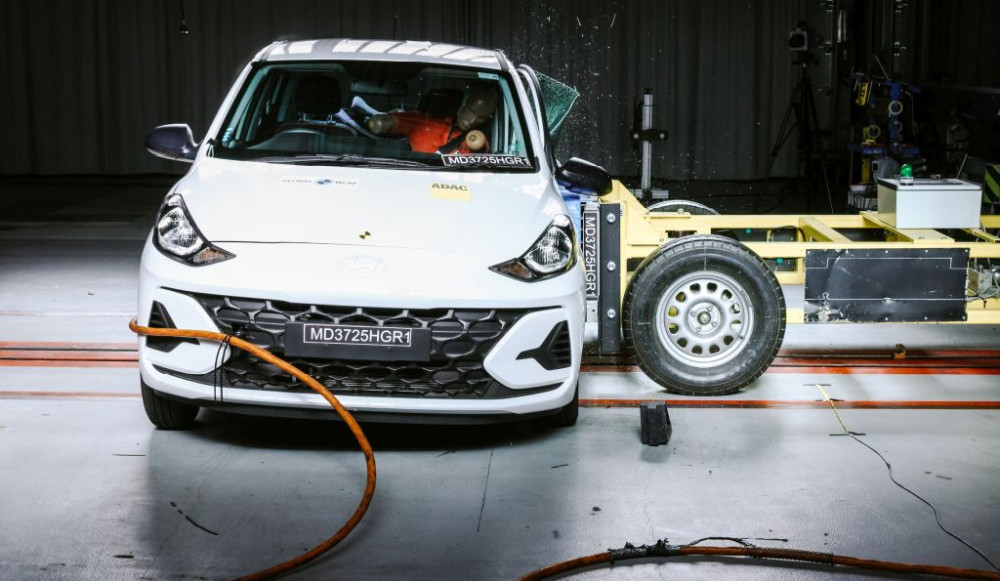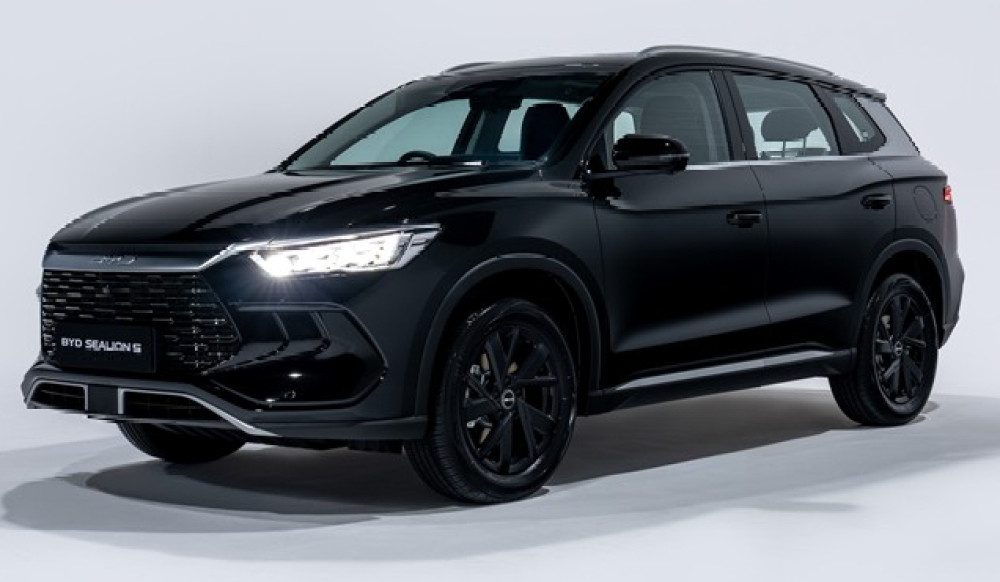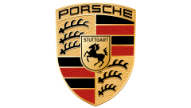Rumours, speculation and even the demand by Numsa’s Irvin Jim that all automotive importers be compelled to manufacture locally has re-ignited conversations about the industry and its long-term sustainability alongside some hints from Chinese players they are considering local manufacture.
In one case it has been taken a step further and Foton is now entrenched in the BAIC factory in Coega, Eastern Cape with units already coming off the assembly line. Tony Liu, CEO of Chery South Africa recently confirmed the company was “actively engaged in evaluation possibilities that may include sharing space with an existing manufacturer.”
But what would make it all work?
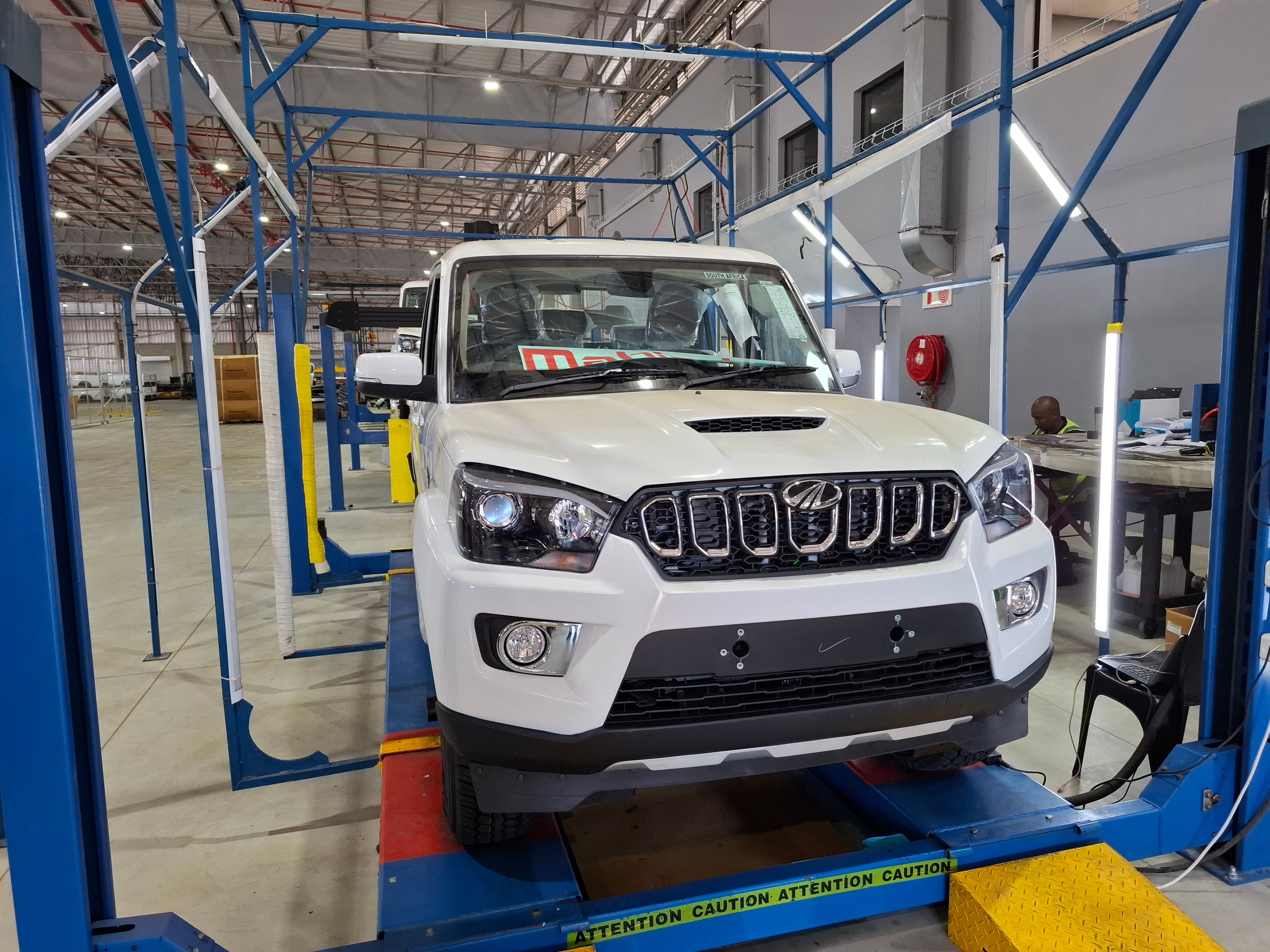
SKD Assembly at the Mahindra plant in Durban
There are three levels of ‘production’ in South Africa with the lowest being semi-knocked down (SKD) assembly, contemptuously referred to as ‘screwdriver’ assembly. The next level up is completely knocked down (CKD) and this involves a proper manufacturing facility including such elements as a paint shop and a host of specialised machinery alongside a significant work force. Full-scale manufacturing is at the top of pile with thousands of workers and massive stamping equipment as part of the deal.
Here, we are talking about CKD assembly.
The South African automotive sector has long stood as the backbone of the nation’s manufacturing industry—a unique crossroads of advanced industrial capability and vibrant market potential. Major global names such as Toyota, Volkswagen, Nissan, Isuzu and BMW have established significant operations in regions including the Eastern Cape, KwaZulu-Natal and Gauteng.
Today, with shifting global supply chains and the accelerating shift to electric vehicles, the question for any potential new investor is clear: What is the minimum monthly sales volume needed to justify launching full-scale vehicle production locally?
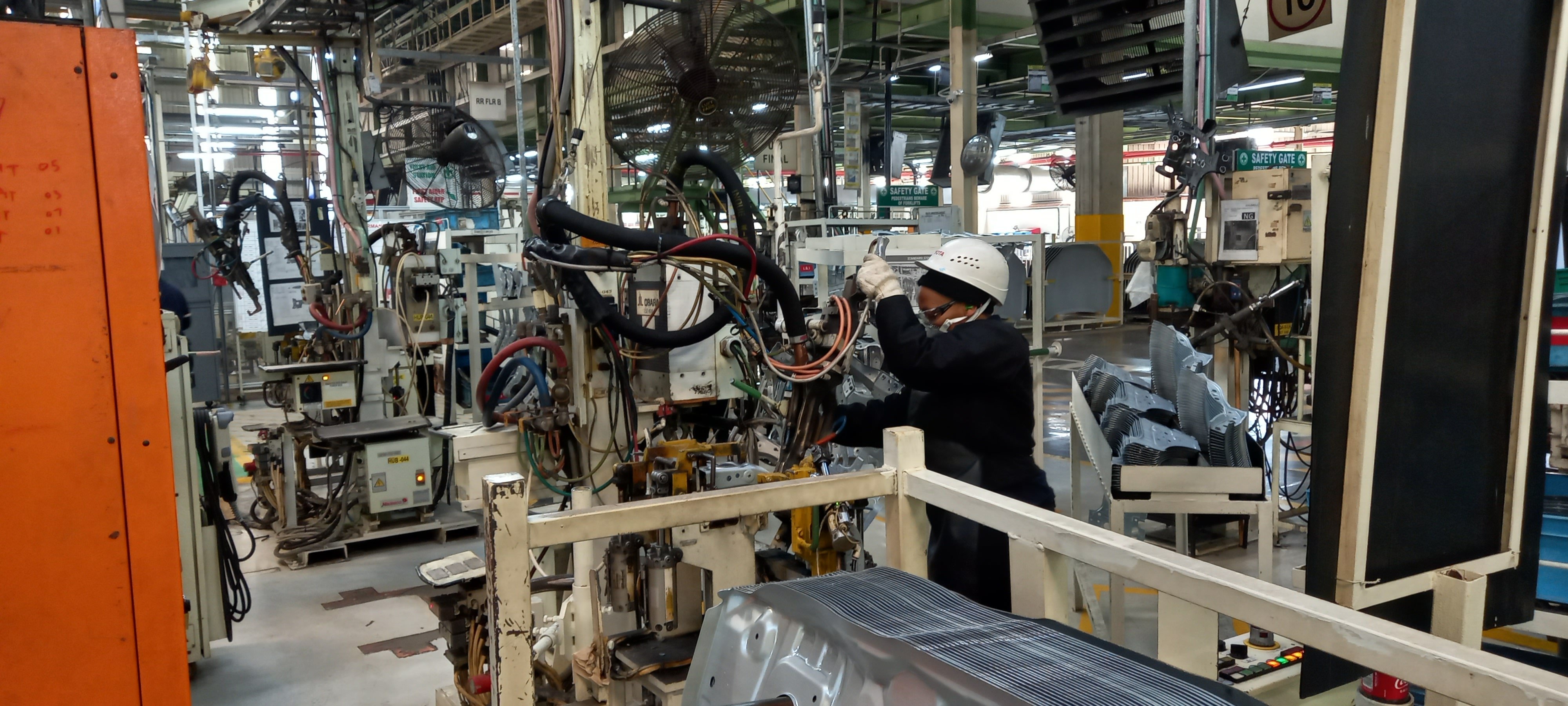
Full-scale manufacturing at Toyota's Prospecton facility
Traditionally, breaking even was linked to producing around 5 000 units a year, or approximately 416 vehicles a month. In today’s market, however, this is considered a marginal entry point at best. For a sustained, profitable manufacturing operation, the consensus has shifted toward a minimum of 1 000 to 1 500 vehicles a month, translating to 12 000 – 18 000 units annually.
Yet, volume alone does not secure viability.
Achieving profitability and stability in South Africa involves a strategic blend of government incentives, local sourcing and regional export strategy.
South Africa’s Business Case
South Africa is not necessarily a low-cost manufacturing destination like Thailand or India. Its competitive edge revolves around several critical factors: - Preferential Market Access: South Africa’s participation in trade agreements such as the African Continental Free Trade Area (AfCFTA) and the EU-SADC Economic Partnership Agreement provides manufacturers with duty-free access to the European Union. This access is a significant advantage for automakers targeting European markets, especially compared to competitors manufacturing in China or North America.
Established Supplier Network:
The country’s automotive component industry is mature and robust, with an annual turnover exceeding R100-billion. Local Tier 1, 2 and 3 suppliers lower dependence on imported kits and contribute to a more resilient supply chain.
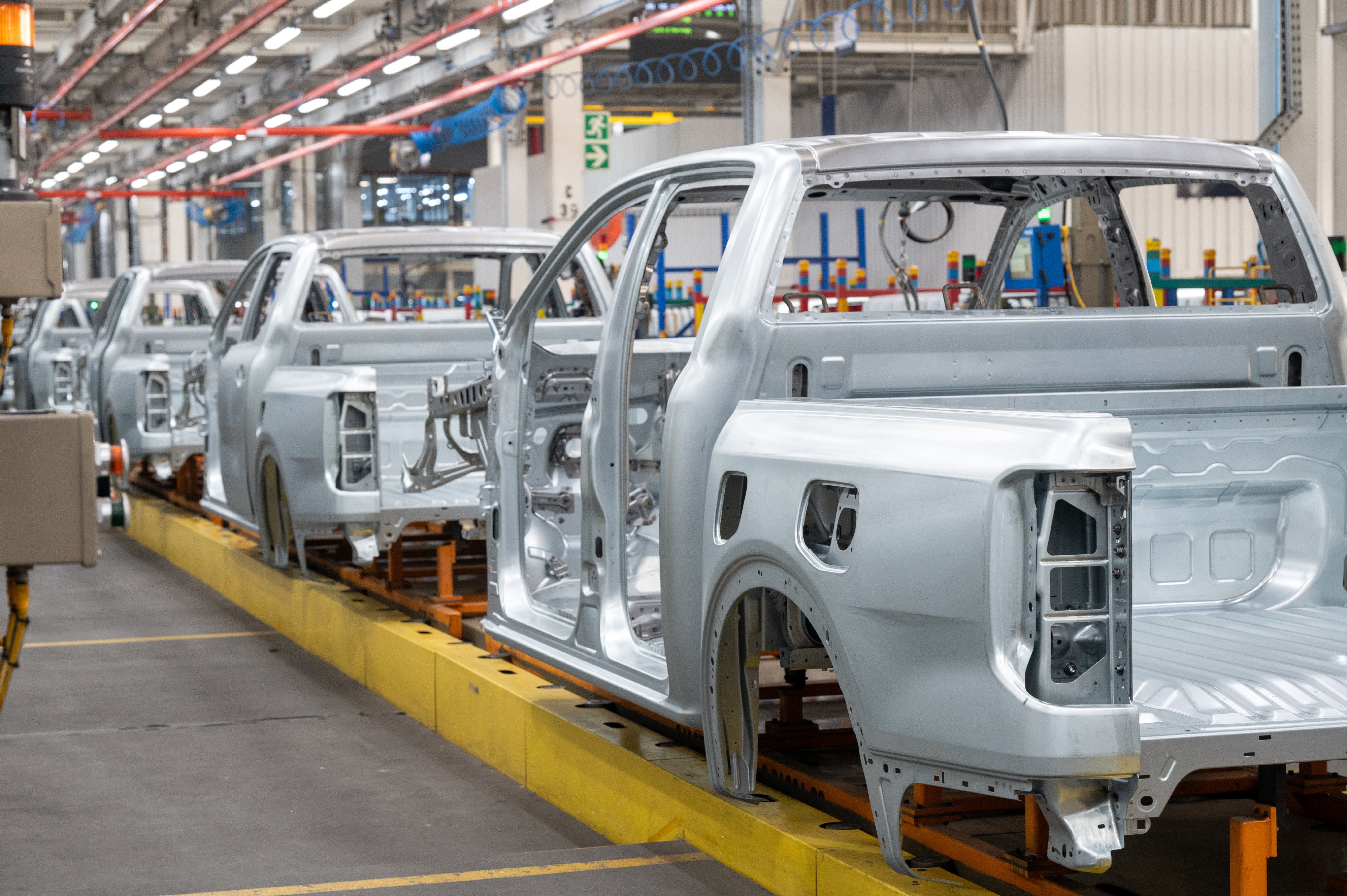
Ford Rangers on the line in Silverton
Government Incentives:
The Automotive Production and Development Programme (APDP), and its successor, the APDP Masterplan 2035, are central to the investment equation. These initiatives provide import-duty rebates for manufacturers that meet local content, value addition, and production volume targets, dramatically improving cost competitiveness.
Making the Numbers Work
The 1 000-unit monthly benchmark represents the threshold where economies of scale begin to offset the significant fixed costs associated with a full production facility. Fixed costs—land, utilities, staff, compliance—remain constant regardless of output. As volumes grow, these costs are spread across more units, improving margins. Semi-variable costs, such as assembly line labour, scale with production levels, providing some flexibility.
The largest variable costs remain the imported kits and components. Maximizing APDP benefits is critical. Manufacturers exceeding 50 000 units per year (over 4 000 per month) unlock the highest levels of import duty rebates, significantly improving profitability. Falling short of these targets reduces margins and makes the business case far weaker.
For new entrants targeting 1 000 units monthly, a local-sales-only strategy is insufficient. Success hinges on leveraging South Africa as an export hub—servicing neighbouring markets like Namibia and Botswana, and right-hand-drive markets in Europe, such as the UK and Ireland. This approach is fundamental to achieving scale and maximizing the benefit of government incentives.
Automotive filter manufacture at Mann & Hummel in Gauteng
The Role of Local Content
Boosting local content is the most effective lever for lowering the viability threshold. Sourcing components domestically reduces exposure to currency volatility and shipping costs, while simultaneously increasing value-add under the APDP.
As industry analyst Dr Justin Barnes notes, an OEM committing to 40% local content fundamentally changes the economics. This approach strengthens the local supply chain, creates a more resilient operation and amplifies APDP benefits—leading to a more robust and profitable business model.
In summary, the ‘magic number’ for vehicle production in South Africa is a moving target, defined not just by sales volumes, but by how well a company integrates local content, government incentives and an export-oriented strategy. Manufacturers who understand and execute on these points are best positioned for long-term success in this pivotal market.
Colin Windell for Colin-on-Cars in association with
proudly CHANGECARS
